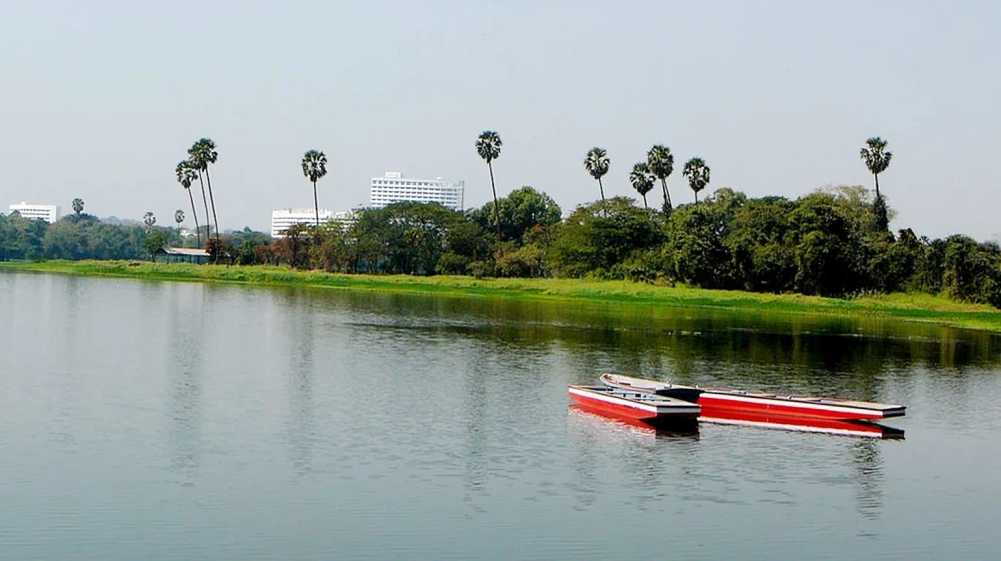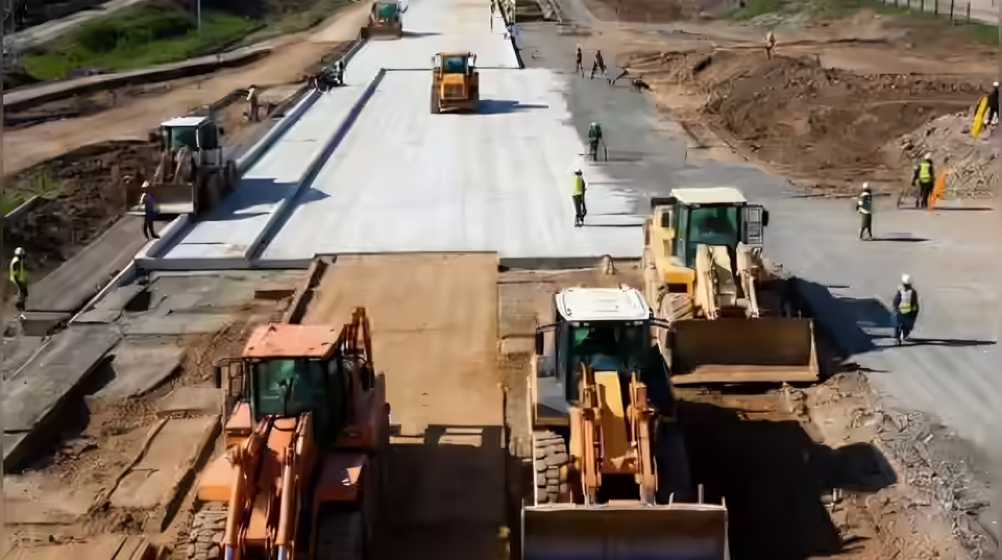July 22, 2025: Over the past two decades, Mumbai’s railways have built several foot overbridges (FOBs) intended to ease pedestrian movement across tracks and busy roads. Yet, many of these structures stand nearly abandoned, even during rush hours — the result of poor planning, lack of coordination, and missed opportunities.
At Kurla station, a bridge meant to connect the East and West sides ends abruptly due to conflict with the elevated railway project. Foundations were laid and later dismantled, leaving a bridge that leads nowhere. At Wadala, a Rs 7.5 crore FOB is largely ignored, as the railways failed to seal wall gaps and close trackside gates, encouraging commuters to continue crossing dangerously on foot.
Another FOB between Kurla and Sion stations is hardly used, as it connects to neither station directly nor to the BKC connector. Similarly, a bridge near Swadeshi Mill Road remains isolated due to sparse habitation, while the Army-built bridge at Currey Road is underused as most passengers prefer the opposite end of the station.
The much-publicised bridge at Prabhadevi, built after the 2017 stampede in record time and at great cost, is now occupied by flower vendors and barely used by commuters. A new bridge at Sion remains empty as it connects to a non-functional platform far from train halts.
In Chunabhatti, two FOBs built for a now-defunct freight rail project lie abandoned. Even signage at stations like Andheri is confusing, leading to commuter frustration.
Experts blame lack of inter-agency coordination and political will. Railways often build only within their land limits, avoiding collaboration with BMC or PWD, resulting in disconnected infrastructure. Accessibility is another concern — bridges are often too steep for senior citizens, and most lack lifts or escalators. The result: taxpayer money spent, public safety compromised.
Source: Mid-day





